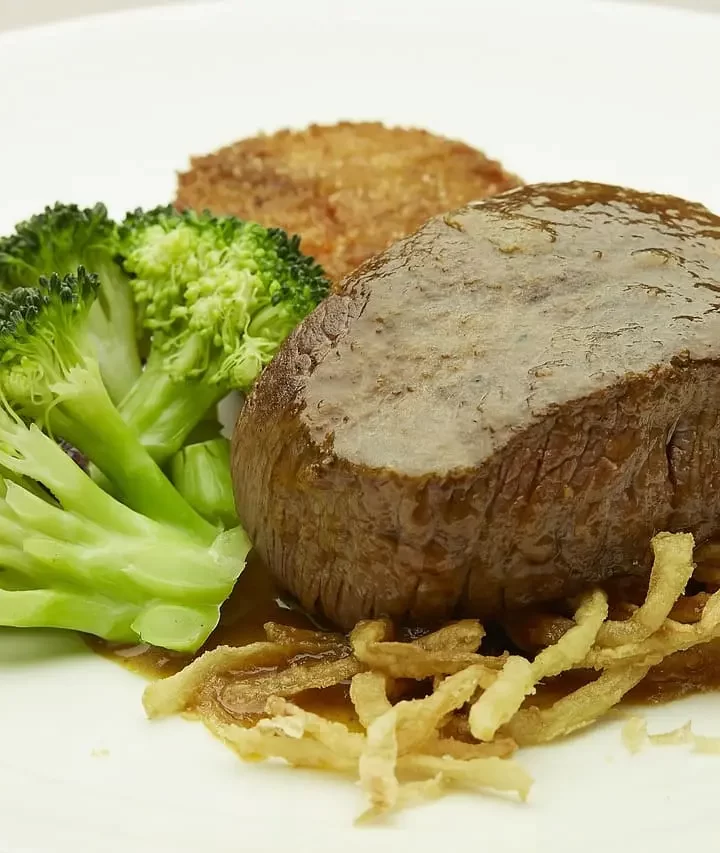The growth of technology has changed the art of cooking. Today, you can engage in a food culture adventure and immerse yourself in different cuisines. You can prepare recipes from any culture around the world thanks to information technology. Writing about food can manifest in a wide range of genres. Its purpose is to offer audiences an experience beyond food. You can become a skilled food writer by mastering the skills of preparing recipes. It allows you to write savory stories based on food preparation, tastes, aromas, and textures using selective words.

What writing style do culinary essays take?
Writing about food takes a multi-faceted approach. In a wider sense, it requires skills to write meaningful and illustrative storytelling. It takes a deliciously descriptive and informative style of writing. The reader must be able to reflect on your unique passion for food. Developing your culinary art requires you to learn and practice. You need to be good at research to help you gather inspiration for your stories.
You need to have a passion for recipes and have hands-on experience preparing them. Your descriptive and informative storytelling through food should be an experience. Your readers expect to know about your favorite food and your reasons for liking it. They expect to know which culture is tied to the food, such as region, country, and people.
Culinary narratives are an art that you develop through research, writing, and experience. Your stories require careful choices of words, tone, and flow. You have different styles of storytelling from which to choose. However, each requires an innovative writing solution. If you need to use an actual writing service, some websites write essays for you. They allow you to hire your own writer. I do this when I feel too much pressure. I asked one of the good writers to write my essay for me and also edit it. The writers have the experience to offer you cutting-edge, innovative writing solutions.
The writers offer help with essays on a wide range of topics. Write my essay for me professionals craft quality narrative cooking

How to use personal stories and cultural context in food writing
People like different types of food for different reasons. You may have tasted many cuisines, but taste and storytelling require a keen approach. When writing stories, avoid leaning entirely on taste descriptions. Explore further and delve into the texture, aroma, and your entire dining experience.
Describe the steps of your recipe development, including the ingredients and cooking method. Remember to connect the recipe to a cultural context. Different cultures engage in crafting recipes to preserve their cultural identity. Their food reminds them of their origins. When describing the cultural aspect of food, dwell on points such as:
- The culture’s attitude to food
- Believes and practices around recipe preparation and consumption.
- Social-cultural role of food For example, preparing various dishes during cultural events
In your stories, be sure to be specific about the words you use. Avoid too many common words such as yummy, finger-licking, and mouth-watering. Use specific words such as aroma, texture, and taste. Decide the purpose of your taste and storytelling essay writing.
Tell me about your experience with food. Your storytelling must evoke every common human sense. That is the sense of smell, taste, sight, and texture or touch. Avoid being too broad, but focus on the specific details of your recipe. Your reader should be able to replicate your recipe based on your story.

Sticking to the structure of an informative essay about food
When writing about food, you need to pay attention to structure. Although it is your personal story, let it have an introduction, body, and conclusion. In the introduction, describe food and its role in human life. Tell about the different types there are, and then introduce your recipe. One paragraph is enough to introduce your story.
In the body, inform them about the various facts and, specifically, your recipe. Craft your own style of approach without detouring from the context. You may start with a description of the ingredients and proceed to the preparation. Talk about the cultural context of the recipe, serving, and eating.
Each type of food should have accompaniments. It could be sauces and dips, dressings, salads, beverages, and many more. Explain the best accompaniments to prepare for your recipe. Conclude your story by highlighting the key points in your description. Your aim should be to create lasting food memories in the minds of your audiences.
Conclusion
Writing about food is an art that requires development to build skills. It helps you learn how to use your personal stories and cultural context in your writing. Your stories need to be engaging and informative, based on recipes. Your savoring stories should have the power to create lasting food memories in your readers. Let your stories be based on your personal experience with food. ***






Leave a Reply